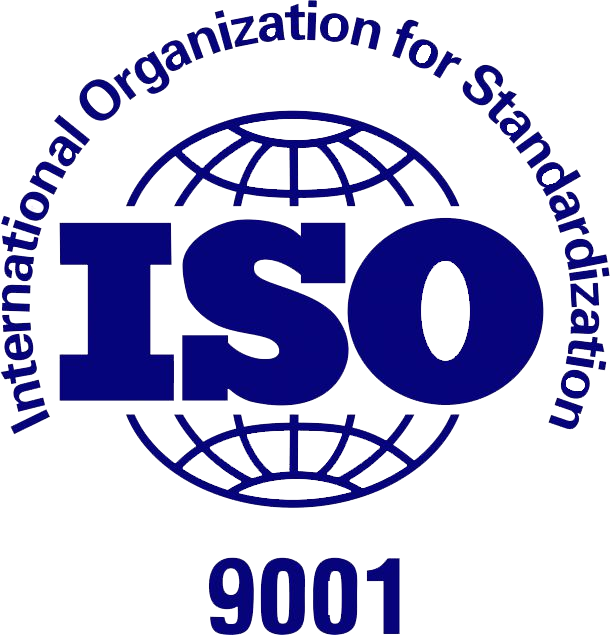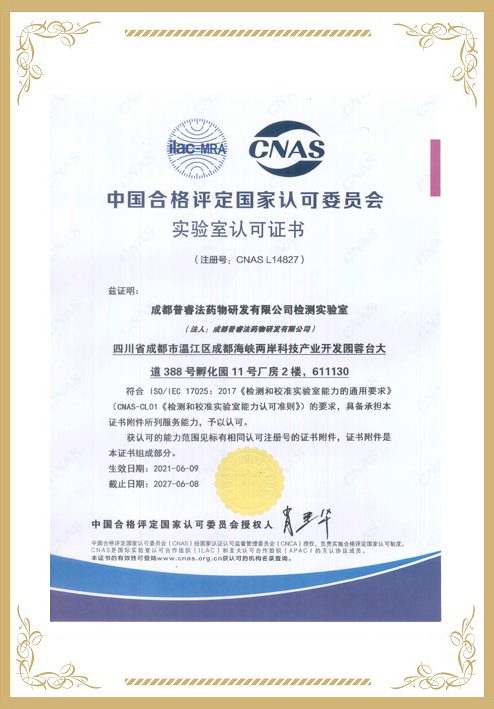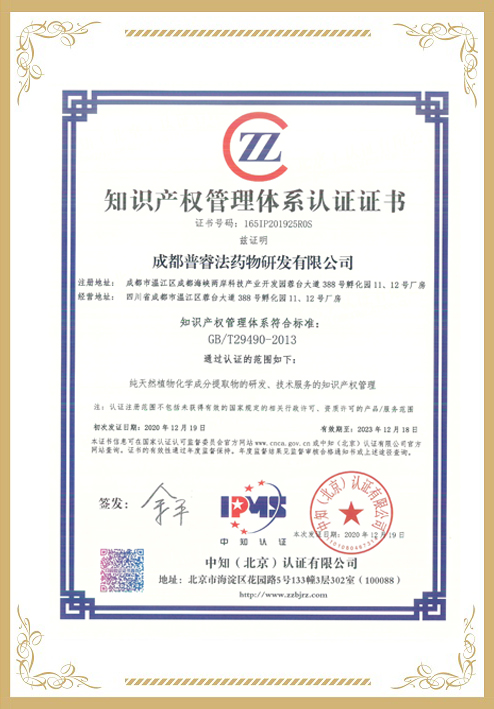A significant proportion of defective green coffee beans (GCBs) are produced during the pre- and post-harvesting processes, reducing overall bean quality. Although GCBs can be used as a source of bioactive compounds, few relevant analyses of such uses have been reported. This study focuses on the characterization and quantification of acyl-quinic acids in 10 different types of defective Coffea arabica GCBs, along with an investigation of their antioxidant capacity. A total of 37 acyl-quinic acids were identified, with 3-p-coumaroyl-4-feruloylquinic acid, 3-feruloyl-4-p-coumaroylquinic acid, 4-p-coumaroyl-5-feruloylquinic acid, and 4-feruloyl-5-dimethoxycinnamoylquinic acid reported for the first time in Arabica GCBs. Defective GCBs (full black, partial black, insect damage, withered, and floater types) had significantly higher acyl-quinic acid contents compared with non-defective GCBs. Among them, the black, insect damage, and withered types had greater antioxidant capacity compared with non-defective beans. These findings suggest that defective GCBs can be viable sources of bioactive compounds for the nutraceutical or pharmaceutical industries.























